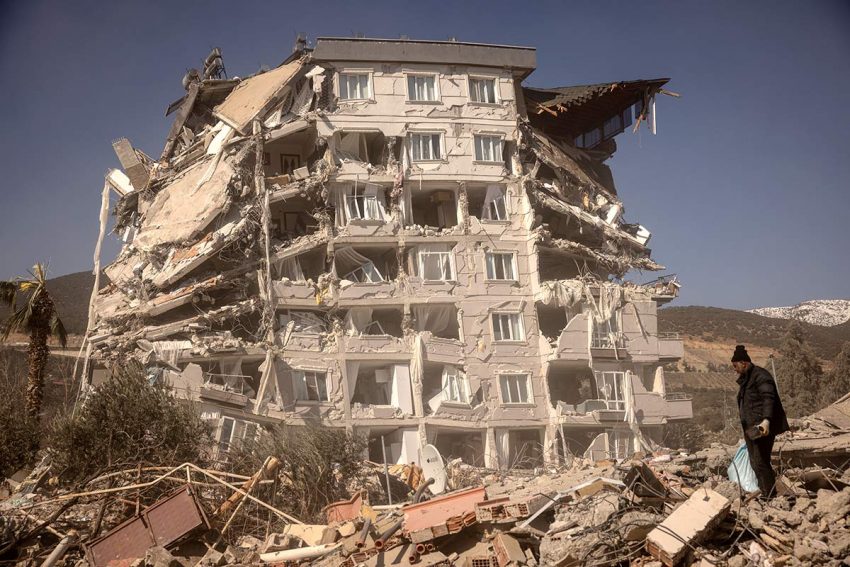Natural disasters are one of the most powerful and unpredictable forces on our planet, capable of causing widespread damage and loss of life. Among these natural disasters, earthquakes are some of the most devastating and awe-inspiring events to occur. These geological phenomena occur when the Earth’s crust shifts, releasing immense amounts of energy that can result in violent shaking, ground rupture, and other related hazards. While the occurrence of earthquakes may be unpredictable, their impact can be mitigated through careful preparation and planning. In this article, we will explore the origins and causes of earthquakes as well as their effects on the environment and society.
What Are Earthquakes?
 Earthquakes are a natural disaster that can be incredibly devastating. From the sudden shaking of the ground to the destruction of homes and buildings, earthquakes leave behind a trail of destruction that can last for years. Understanding what causes earthquakes and how they impact the world is important for everyone to know.
Earthquakes are a natural disaster that can be incredibly devastating. From the sudden shaking of the ground to the destruction of homes and buildings, earthquakes leave behind a trail of destruction that can last for years. Understanding what causes earthquakes and how they impact the world is important for everyone to know.
Earthquakes are the result of the sudden movement of tectonic plates in the Earth’s crust. These plates are constantly moving, and when they rub against each other, they create tension that can build up over time. When the tension becomes too great, the plates shift suddenly, causing an earthquake.
The strength of an earthquake is measured using the Richter scale, which ranges from 0 to 10. The scale measures the magnitude of the earthquake, which refers to the amount of energy released during the quake. An earthquake with a magnitude of 2.5 or less is typically not felt, while an earthquake with a magnitude of 7 or higher can cause widespread destruction.
How Are Earthquakes Formed?
Earthquakes are formed by the movement of tectonic plates in the Earth’s crust. The Earth’s crust is made up of several plates that move very slowly over time. These plates can collide, move away from each other, or slide past each other. When two plates collide or slide past each other, they create tension that builds up over time. When the tension becomes too great, the plates suddenly shift, causing an earthquake.
The location of an earthquake is known as the epicenter, which is the point on the Earth’s surface directly above the point where the earthquake started. The epicenter is typically the area that experiences the most damage during an earthquake.
The First Earthquakes Registered
The first recorded earthquake occurred in China in 1177 BC. Since then, earthquakes have been a part of human history. Throughout history, earthquakes have been responsible for some of the most significant events in human history, such as the destruction of the city of Pompeii in 79 AD.
Effects of Earthquakes
 Earthquakes can have devastating effects on people and the planet. The shaking of the ground can cause buildings and other structures to collapse, leading to injuries and death. The movement of the ground can also cause landslides, avalanches, and tsunamis.
Earthquakes can have devastating effects on people and the planet. The shaking of the ground can cause buildings and other structures to collapse, leading to injuries and death. The movement of the ground can also cause landslides, avalanches, and tsunamis.
Earthquakes can also cause damage to infrastructure, such as roads, bridges, and dams. The damage caused by earthquakes can be widespread and long-lasting, leaving behind a trail of destruction that can take years to repair.
In addition to the physical effects of earthquakes, they can also have psychological effects on people. The fear and anxiety caused by earthquakes can lead to post-traumatic stress disorder (PTSD), depression, and other mental health issues.
Conclusion
Earthquakes are a natural disaster that can have devastating effects on people and the planet. Understanding the formation of earthquakes, their history, and the effects they have is essential for everyone. By knowing what causes earthquakes and how to prepare for them, we can minimize their impact and keep ourselves and our communities safe.

